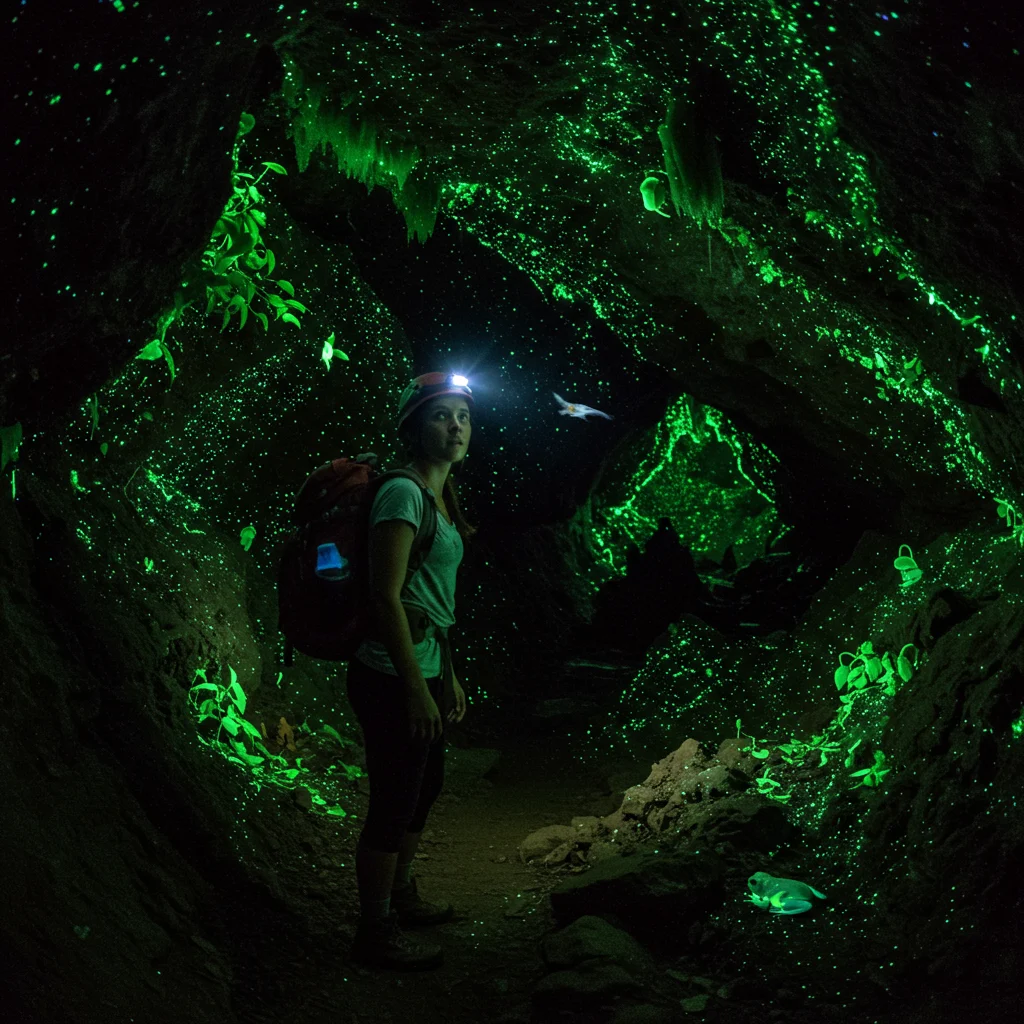Introduction: Discovering the Hidden Wonders of Puerto Rico’s Caves
Puerto Rico’s karst landscape conceals a labyrinth of natural treasures just waiting to be uncovered. Beneath the island’s lush forests and rolling hills, a network of caves stretches for miles, offering both seasoned adventurers and first-time explorers a rare glimpse into an underground world brimming with beauty and mystery. The scent of damp limestone, the cool touch of subterranean air, and the echo of dripping water set the stage for an unforgettable journey into the heart of Puerto Rico.

While many come for the beaches and vibrant cities, those willing to venture underground will find experiences that defy expectations. From ancient artwork to shimmering rock formations, every cave offers its own unique surprises.
Why Explore Puerto Rico’s Caves?
Venturing into Puerto Rico’s caves opens a doorway to both natural wonder and cultural heritage. These underground marvels provide a sense of adventure and discovery that is unmatched by any above-ground attraction. Whether you’re seeking adrenaline-pumping activities or tranquil moments surrounded by geological artistry, caving in Puerto Rico delivers unexpected delights at every turn.
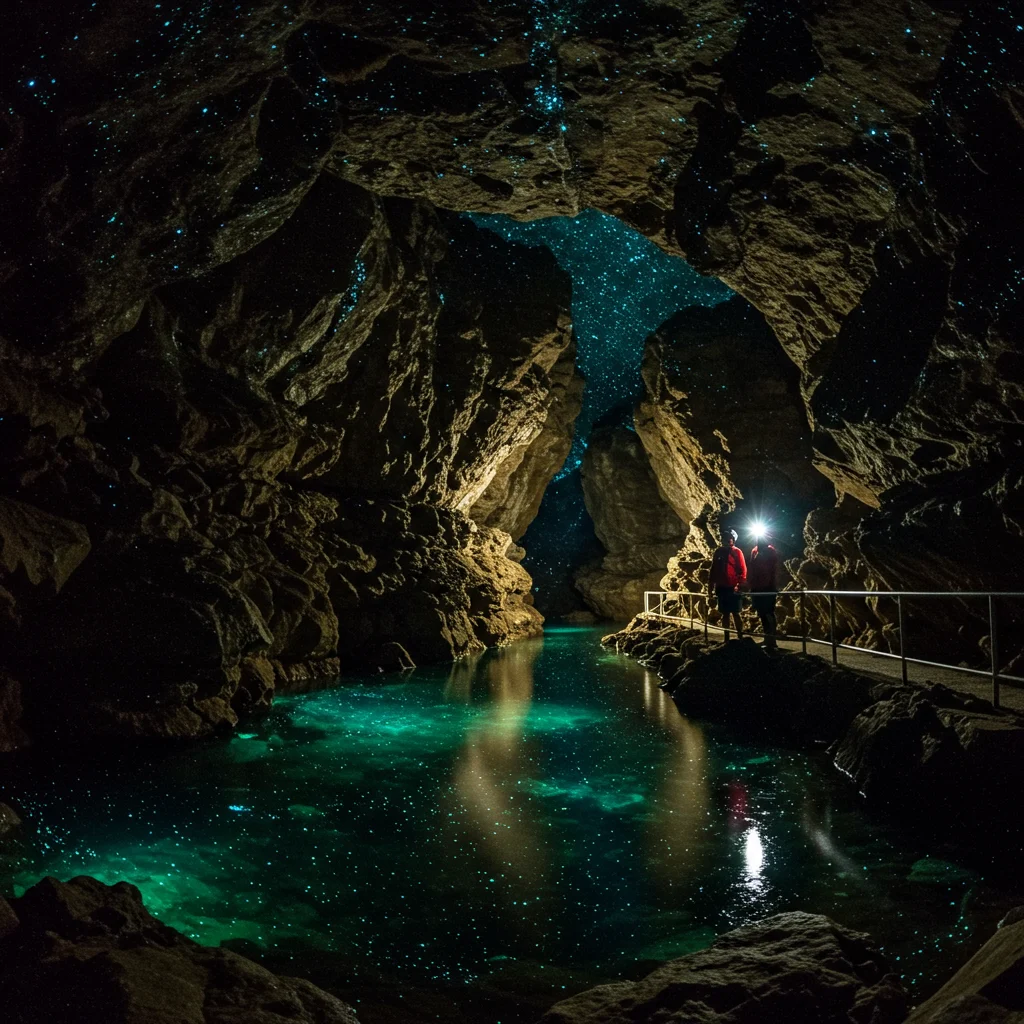
Exploring these caves also offers a chance to learn about the island’s unique geology, rare wildlife, and the enduring legacy of the indigenous Taíno people. For those planning their itinerary, unexpected delights await on your next Puerto Rico cave adventure, making every visit distinct and memorable.
What Makes Puerto Rico’s Caves Unique?
Unlike many other cave systems around the world, Puerto Rico’s caves boast a remarkable diversity of geological features. Towering chambers, intricate stalactite and stalagmite formations, and underground rivers shape an ever-changing landscape. The island’s tropical climate also means that caves here are teeming with life, from bats and rare insects to lush ferns clinging to the stone walls.
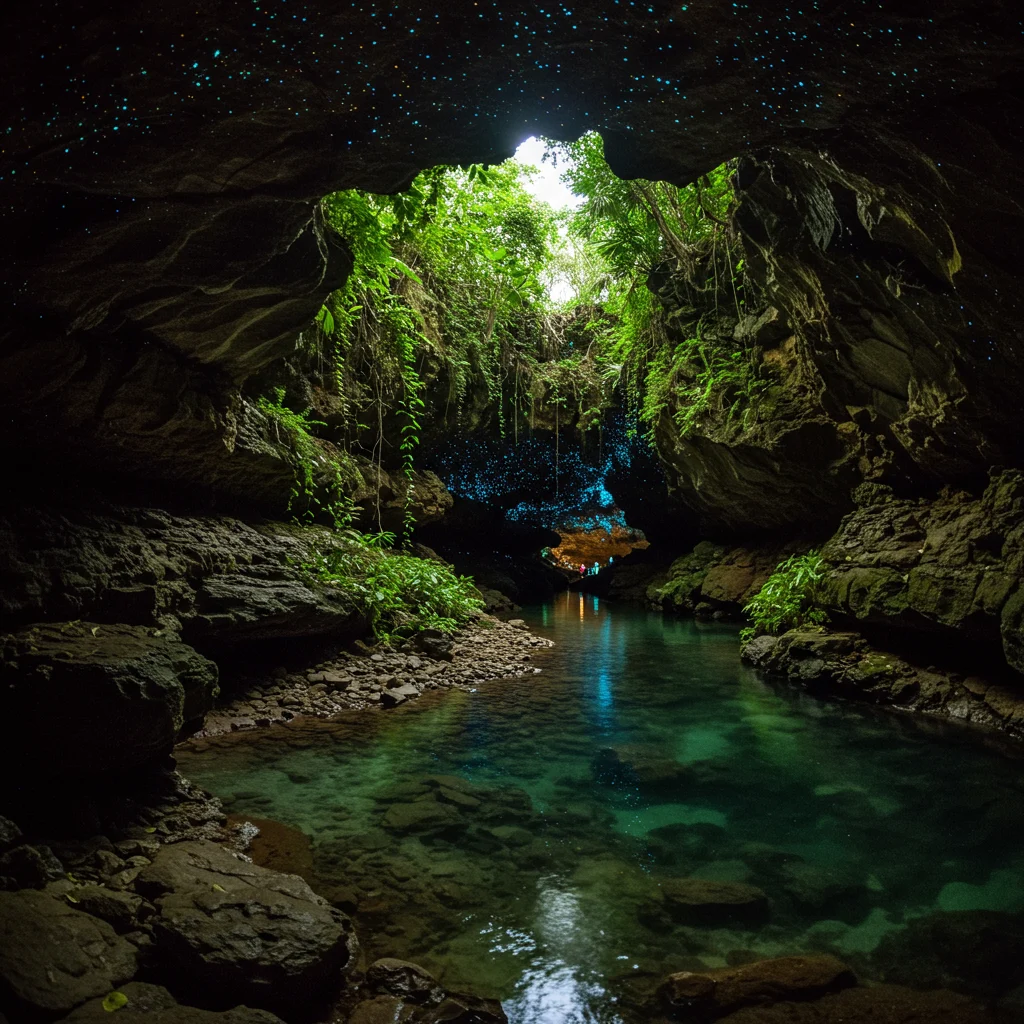
Many caves hold significant historical and cultural value, with ancient petroglyphs and artifacts that tell the story of the island’s earliest inhabitants. This fusion of natural beauty and historical intrigue sets Puerto Rico’s caves apart as must-visit destinations for any traveler.
A Brief History of Caving in Puerto Rico
The art of exploring caves, or spelunking, has deep roots in Puerto Rico. Indigenous Taíno communities once used these underground spaces for shelter, ceremonies, and art. Over centuries, explorers, researchers, and adventurers have mapped the island’s most notable caves, revealing secrets hidden for millennia.
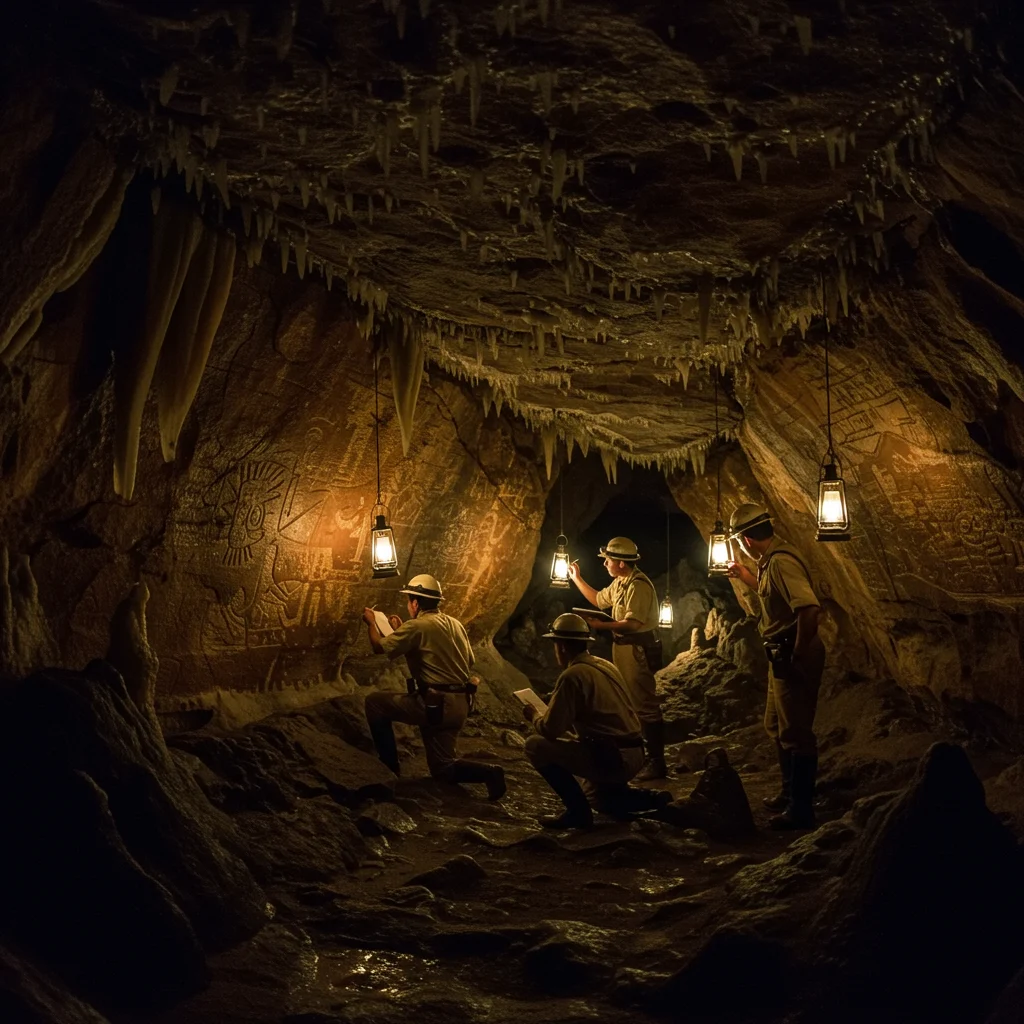
Modern caving in Puerto Rico combines respect for this heritage with a spirit of adventure, offering safe and guided experiences for visitors of all ages. As we discussed in our overview of surprising finds that await on your next Puerto Rico cave adventure, each expedition adds a new chapter to the island’s caving legacy.
Top Caves to Visit in Puerto Rico
Puerto Rico offers a variety of caves, each with its own character and set of attractions. From panoramic vistas to ancient carvings, the island’s caves are as diverse as they are awe-inspiring.
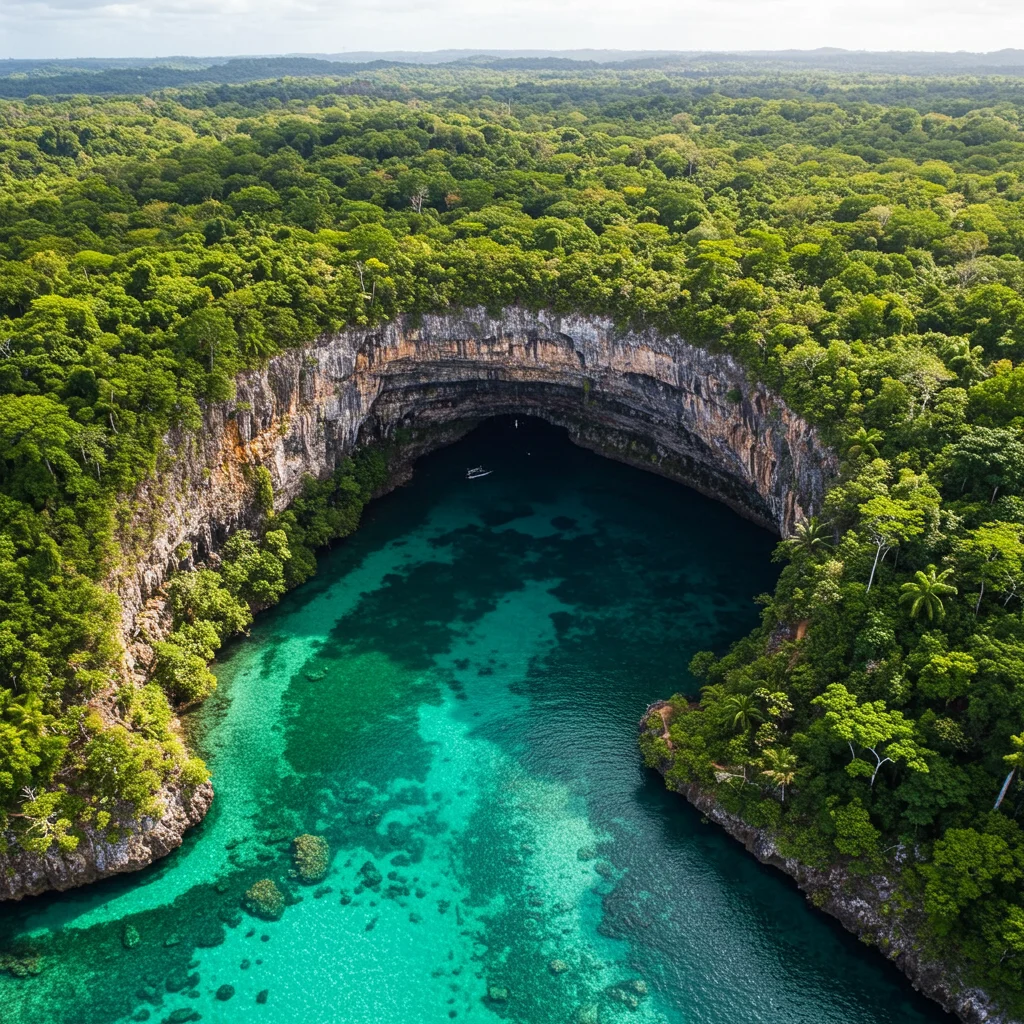
Cueva Ventana: The Window Cave
Cueva Ventana stands out for its breathtaking “window” that frames the lush valley below. The cave’s main chamber opens onto a natural balcony, providing panoramic views that have made it a favorite among photographers and nature lovers. We cover the experience in detail in our guide to discovering Cueva Ventana Puerto Rico.
Cueva del Indio: A Prehistoric Marvel
At Cueva del Indio, visitors can view ancient Taíno petroglyphs etched into the stone, connecting them to Puerto Rico’s earliest inhabitants. Ocean breezes sweep through the open chambers, and the rhythmic sound of waves below creates an atmosphere of timelessness.
For those interested in the intersection of natural beauty and history, our post on exploring Cueva Ventana Arecibo and Cueva del Indio wonders provides a deeper look at these iconic sites.
Camuy River Cave Park: The Underground River
The Camuy River Cave Park is home to one of the world’s largest underground river systems. Guided tours take visitors deep into vaulted chambers where the sound of rushing water reverberates off ancient limestone walls. The sheer scale of the park’s caverns leaves a lasting impression.
Cueva Clara: The Heart of Camuy
Cueva Clara is the centerpiece of the Camuy River Cave Park. Its spacious corridors feature dramatic lighting and towering columns, creating a cathedral-like ambiance. The interplay of light and shadow here is nothing short of mesmerizing.
Cueva Las Golondrinas: Swallow Cave
Named for the swallows that nest inside, Cueva Las Golondrinas is prized for its natural skylights and hidden pools. The flutter of wings and the play of sunlight through the ceiling cracks add a magical quality to any visit.
Cueva del Viento: The Cave of the Wind
At Cueva del Viento, gusts of cool air sweep through twisting passages, creating a dynamic environment. Explorers often remark on the cave’s distinctive acoustics and the feeling of being transported to another world.
Cueva Sorbetos: Off-the-Beaten-Path Adventure
Cueva Sorbetos offers a more rugged experience for those seeking solitude and raw natural beauty. Its less-traveled chambers are adorned with rare formations, and the sense of discovery is palpable with every step deeper into the darkness.
Unexpected Delights: What Surprises Await Inside Puerto Rico’s Caves?
Every cave excursion in Puerto Rico brings with it the promise of surprise. From the moment we enter, our senses are heightened—each sound, scent, and sight hinting at the wonders that lie ahead.
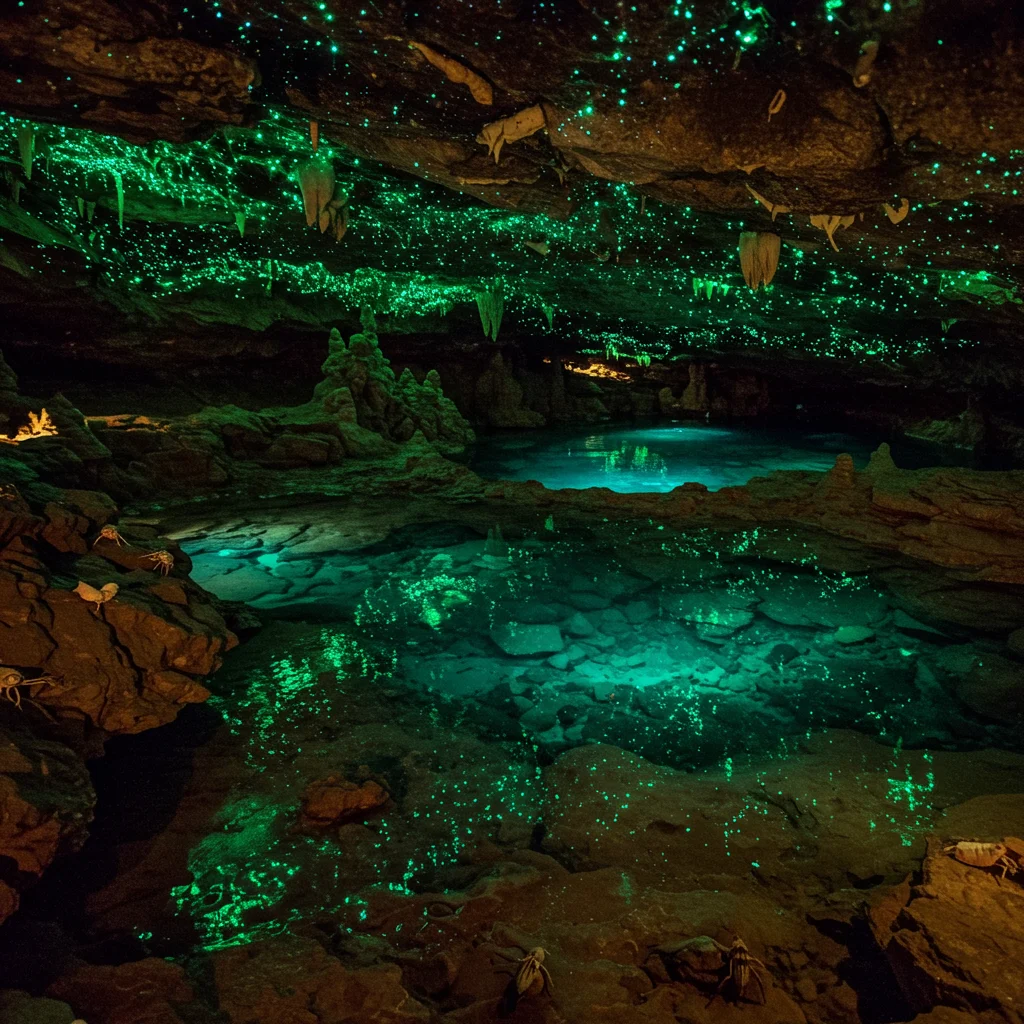
Stunning Rock Formations: Nature’s Sculptures
The caves are renowned for their stalactites, stalagmites, and flowstones, shaped over thousands of years by the slow drip of mineral-rich water. These formations, illuminated by headlamps or shafts of natural light, resemble frozen waterfalls, delicate chandeliers, and even abstract art.
Glowworms and Bioluminescence: Is There Magic Underground?
Some caves in Puerto Rico are home to rare glowworms and bioluminescent fungi. The gentle blue-green glow they emit creates an ethereal atmosphere, making the cavern walls shimmer as if dusted with stardust. This natural phenomenon is both rare and mesmerizing, leaving visitors with a sense of awe.
Underground Rivers and Waterfalls: Hidden Water Wonders
Many of Puerto Rico’s caves conceal rivers and waterfalls that flow silently beneath the earth. The sound of rushing water, cool mist on the skin, and the sight of sparkling pools create a multisensory experience that is both exhilarating and soothing.
Rare and Endemic Wildlife Encounters
Beyond bats, the caves host a variety of endemic species, including blind fish, cave crickets, and unique insects. Spotting these elusive creatures offers a glimpse into the adaptability of life in total darkness.
Ancient Taino Petroglyphs and Artifacts
Some cave walls are adorned with petroglyphs and artifacts left by the island’s original inhabitants. These carvings serve as a direct link to the past, inviting us to reflect on the beliefs and traditions of the Taíno people. For those particularly interested in these historical treasures, you can discover hidden gems at Indian Cave Puerto Rico adventures where the past comes alive.
Acoustic Wonders: The Soundscapes of Puerto Rican Caves
Sound behaves differently underground. The drip of water, flutter of bat wings, and echo of footsteps create a symphony unique to each cave. Some chambers amplify voices or musical instruments, turning a simple song into a hauntingly beautiful experience.
As experts often say:
“Caves teach us to listen—to the earth, to history, and to the silence between heartbeats. In darkness, every sound becomes a discovery.”
Breathtaking Views from Cave Openings
The reward for a challenging trek is often found at a cave’s mouth, where sudden openings reveal sweeping vistas of valleys, rivers, and forest canopies. The transition from shadow to sunlight is dramatic, often leaving visitors speechless at the beauty that greets them.
Secret Chambers and Unexplored Passages
For the truly adventurous, some caves still guard hidden chambers and passages yet to be fully explored. The thrill of venturing where few have gone before gives caving in Puerto Rico a sense of ongoing discovery.
Adrenaline Rushes: Adventure Activities in Puerto Rico’s Caves
Beyond quiet exploration, Puerto Rico’s caves offer a range of adventure activities for thrill-seekers. Whether gliding along underground rivers or rappelling down sheer rock faces, there is no shortage of ways to get your heart racing.

Cave Tubing: Floating Through Underground Rivers
Cave tubing is a favorite activity, allowing visitors to float gently along subterranean waterways. The sensation of cool water, the play of light on the cave ceiling, and the echo of laughter make for an unforgettable experience.
Spelunking and Caving Expeditions
For those seeking a more hands-on adventure, guided spelunking expeditions provide the chance to crawl, climb, and squeeze through narrow passages. These excursions often lead to hidden chambers and rarely-seen rock formations.
Rappelling and Climbing Inside the Caves
Some caves feature vertical drops and towering walls perfect for rappelling and climbing. Trained guides ensure safety as adventurers descend into vast chambers or scale rocky ledges, surrounded by the echo of their own excitement.
Guided Tours vs. Self-Exploration: Which Is Right for You?
Deciding between a guided tour and self-exploration depends on your experience level and appetite for adventure. Guided tours offer expert knowledge, equipment, and safety, while self-guided trips allow for a more personal pace and sense of discovery. We recommend starting with a guided tour, especially for first-time visitors, to fully appreciate the caves’ unique features and history.
Safety Tips for Caving Adventures
Exploring caves is thrilling, but safety should always come first. Proper preparation and awareness can turn a challenging adventure into a safe and enjoyable experience.
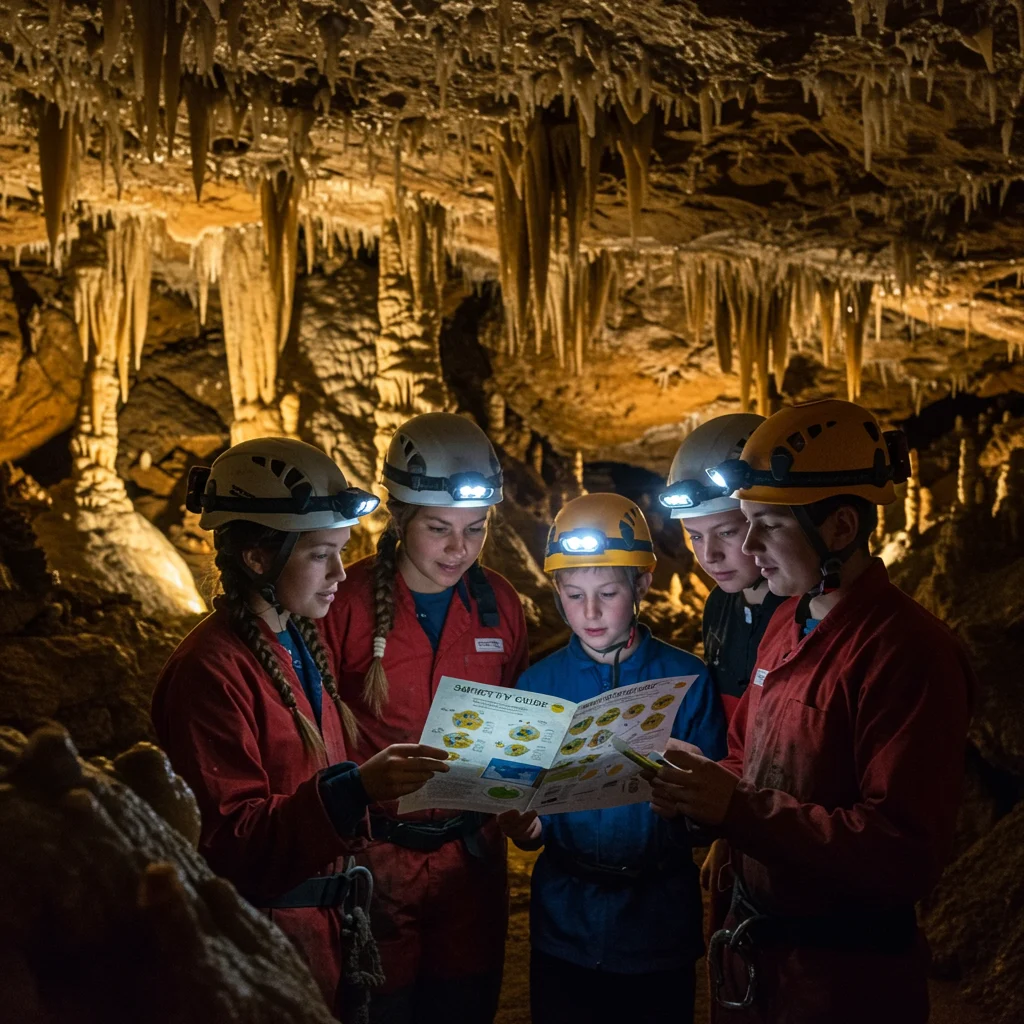
Essential Gear Checklist for Cave Exploration
Every caving trip requires specific gear to protect yourself and enhance your experience. Essentials include:
- Helmet with a reliable headlamp
- Sturdy, non-slip footwear
- Gloves for grip and protection
- Waterproof backpack
- Lightweight, moisture-wicking clothing
- Backup light sources and batteries
- Snacks and sufficient water
How to Prepare Physically for a Caving Trip?
Caving can be physically demanding. We recommend regular aerobic exercise, flexibility training, and basic strength conditioning in the weeks leading up to your adventure. Stretching and warming up before entering the cave will also help prevent injuries.
Navigating the Cave Safely: Do’s and Don’ts
To stay safe, always:
- Stick with your group and follow the guide’s instructions
- Move slowly and watch your footing
- Respect wildlife and avoid touching formations
- Carry out all trash and leave no trace
Avoid wandering off marked paths or attempting risky maneuvers without proper guidance.
Best Times of Year to Visit Puerto Rico’s Caves
Timing your visit can make a significant difference in the quality of your cave adventure. While Puerto Rico’s caves can be visited year-round, certain months offer unique highlights and more favorable conditions.
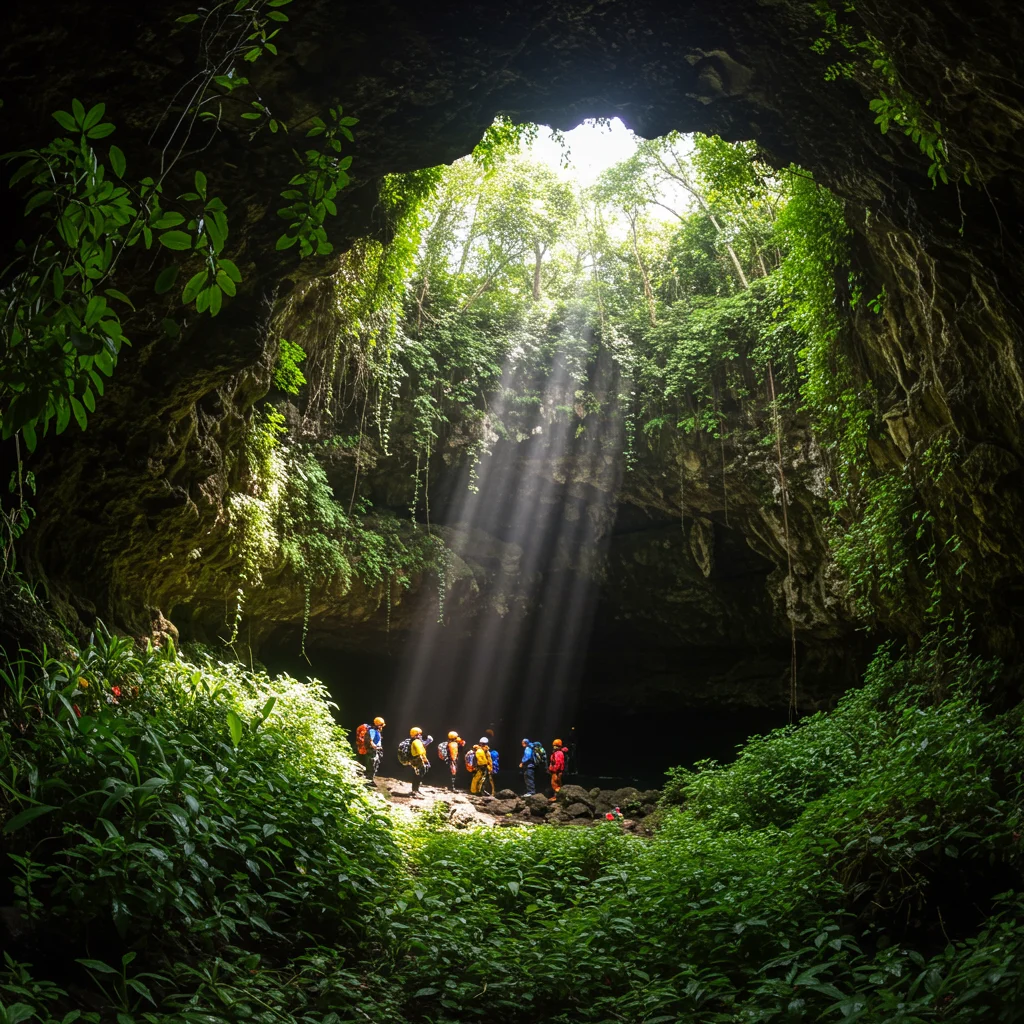
Seasonal Highlights: What to Expect Each Month
From December to April, the weather is generally drier, making it the most popular time for cave exploration. During these months, guided tours are more frequent, and access to remote caves is easier. Summer months bring lush vegetation and the possibility of spotting more wildlife, but rainfall can occasionally limit access to certain caves.
How Weather Affects Cave Conditions
Heavy rains can cause underground rivers to swell and some passages to flood temporarily. Before planning your trip, check local weather forecasts and consult with tour operators regarding current cave conditions to avoid disappointment.
Cultural Connections: The Role of Caves in Puerto Rican Heritage
Caves are woven into the fabric of Puerto Rican culture, serving as sites of legend, ritual, and research for centuries. Their significance extends far beyond their geological features.

Taino Legends and Spiritual Significance
For the Taíno people, caves represented sacred entrances to the spiritual world. Many Taíno myths center around these underground spaces as places of creation and transformation. Ancient carvings and ceremonial objects found within are a testament to their enduring importance.
Caves in Puerto Rican Folklore and Storytelling
Local folklore is rich with tales of hidden treasures, mysterious creatures, and heroic journeys set within the island’s caves. These stories are passed down through generations, adding a layer of intrigue to every caving expedition.
Modern-Day Uses: From Rituals to Research
Today, caves are used for scientific research, archaeological digs, and even community gatherings. They serve as living classrooms, helping researchers and visitors alike better understand Puerto Rico’s natural history and cultural evolution.
Local Communities and Cave Conservation
Preserving Puerto Rico’s caves is a shared responsibility. Local communities and environmental organizations work diligently to protect these fragile ecosystems from damage and overuse.

How Are Caves Protected in Puerto Rico?
Many caves are located within protected parks or reserves, with regulations in place to limit visitor numbers, prohibit vandalism, and safeguard wildlife habitats. These measures are essential for maintaining the delicate balance of cave environments.
Community-Led Conservation Efforts
Grassroots groups often lead clean-up events, educational programs, and restoration projects. By involving residents and visitors in conservation, they foster a sense of stewardship and pride in Puerto Rico’s natural heritage.
How Can Visitors Practice Responsible Tourism?
We can all contribute to cave conservation by following a few key principles:
- Respect all posted guidelines and rules
- Stay on designated paths
- Minimize noise and light pollution
- Leave natural and cultural artifacts undisturbed
Responsible tourism ensures that these remarkable spaces remain pristine for future generations.
Planning Your Cave Adventure: Practical Tips
Smart preparation enhances both safety and enjoyment. From choosing the right cave to packing essentials, a little planning goes a long way.

How to Choose the Right Cave for Your Skill Level?
Consider your physical fitness, comfort with confined spaces, and previous caving experience. Some caves feature easy, well-lit trails, while others require technical skills and specialized equipment. Research each cave’s accessibility and difficulty to find the best match for your abilities.
Booking Tours: What Should You Look For?
Look for reputable tour operators with experienced guides, positive reviews, and clear safety protocols. Confirm what is included in the tour, such as transportation, gear, and insurance. Booking in advance is recommended, especially during peak travel seasons.
What to Pack for a Day in the Caves?
In addition to essential gear, pack:
- Light snacks and plenty of water
- Small first aid kit
- Dry bag for electronics
- Identification and any necessary permits
Getting There: Transportation and Accessibility
Most major caves are accessible by car, with parking available at or near the entrance. Some remote sites may require a short hike or shuttle ride. Confirm directions with your tour operator, and allow extra travel time for rural roads or unexpected delays.
Where to Stay Near Puerto Rico’s Best Caves?
After a long day underground, a comfortable place to rest is essential. Puerto Rico offers a range of accommodations close to its most popular caves.

Top Accommodations for Cave Explorers
Hotels and guesthouses in Arecibo, Camuy, and Utuado provide convenient access to major cave sites. Many offer amenities like guided tours, packed lunches, and knowledgeable staff who can assist with planning excursions.
Eco-Lodges and Sustainable Stays
For those seeking a more environmentally conscious experience, eco-lodges and sustainable vacation rentals are available near several cave areas. These options often emphasize local culture, minimal environmental impact, and immersive nature experiences.
Local Eats: Where to Refuel After Your Adventure
Sampling Puerto Rican cuisine is a highlight of any trip. After hours spent underground, nothing satisfies quite like a hearty local meal.

Must-Try Puerto Rican Dishes Near the Caves
Popular dishes include mofongo, lechón (roast pork), and arroz con gandules. Many roadside eateries and small restaurants near cave sites serve freshly prepared, authentic fare that reflects the island’s rich culinary traditions.
Hidden Cafés and Local Favorites
Keep an eye out for hidden cafés, bakeries, and food stalls tucked away in small towns. These spots offer everything from strong Puerto Rican coffee to sweet treats like tembleque and flan, providing the perfect way to recharge after a day of exploration.
Photographing the Beauty of Puerto Rico’s Caves
Capturing the magic of Puerto Rico’s caves requires both creativity and technical skill. Low-light conditions and dramatic landscapes present unique opportunities for stunning photography.
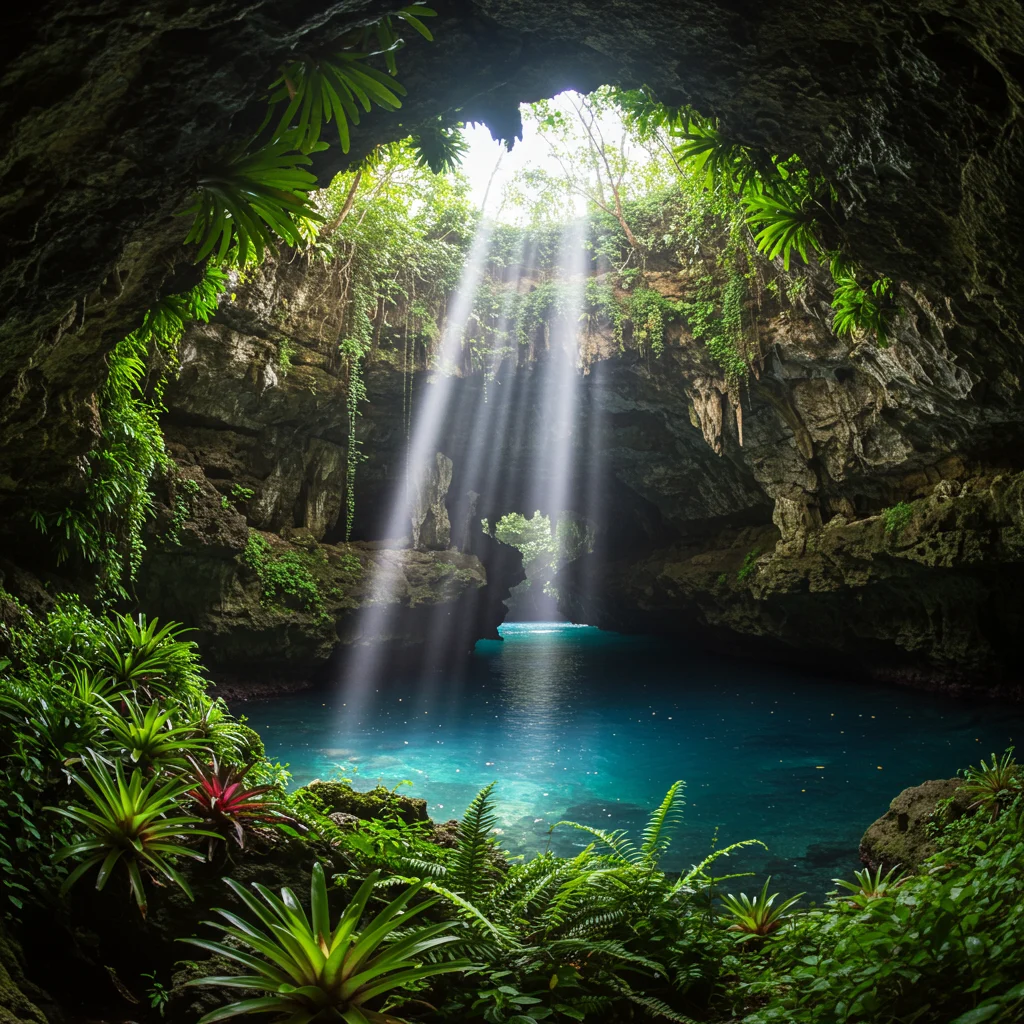
Tips for Capturing Low-Light Cave Scenes
Use a tripod or steady surface to prevent blur, and experiment with long exposures to capture the subtle glow of minerals and reflections on water. Bring extra batteries and memory cards, as the darkness can quickly drain camera power.
Best Spots for Epic Cave Photos
Look for natural skylights, dramatic formations, and wide-open chambers. The entrance to Cueva Ventana, with its panoramic view, is a favorite among photographers, as are the petroglyph-covered walls of Cueva del Indio.
Sharing Your Adventure: Social Media and Storytelling
Share your favorite images and stories online to inspire others to experience Puerto Rico’s underground wonders. Use hashtags and geo-tags to connect with fellow adventurers and showcase the island’s hidden beauty.
Beyond the Caves: Nearby Attractions and Activities
Pair your caving adventure with other local attractions to make the most of your time in Puerto Rico. The surrounding areas offer plenty to see and do for all interests and ages.
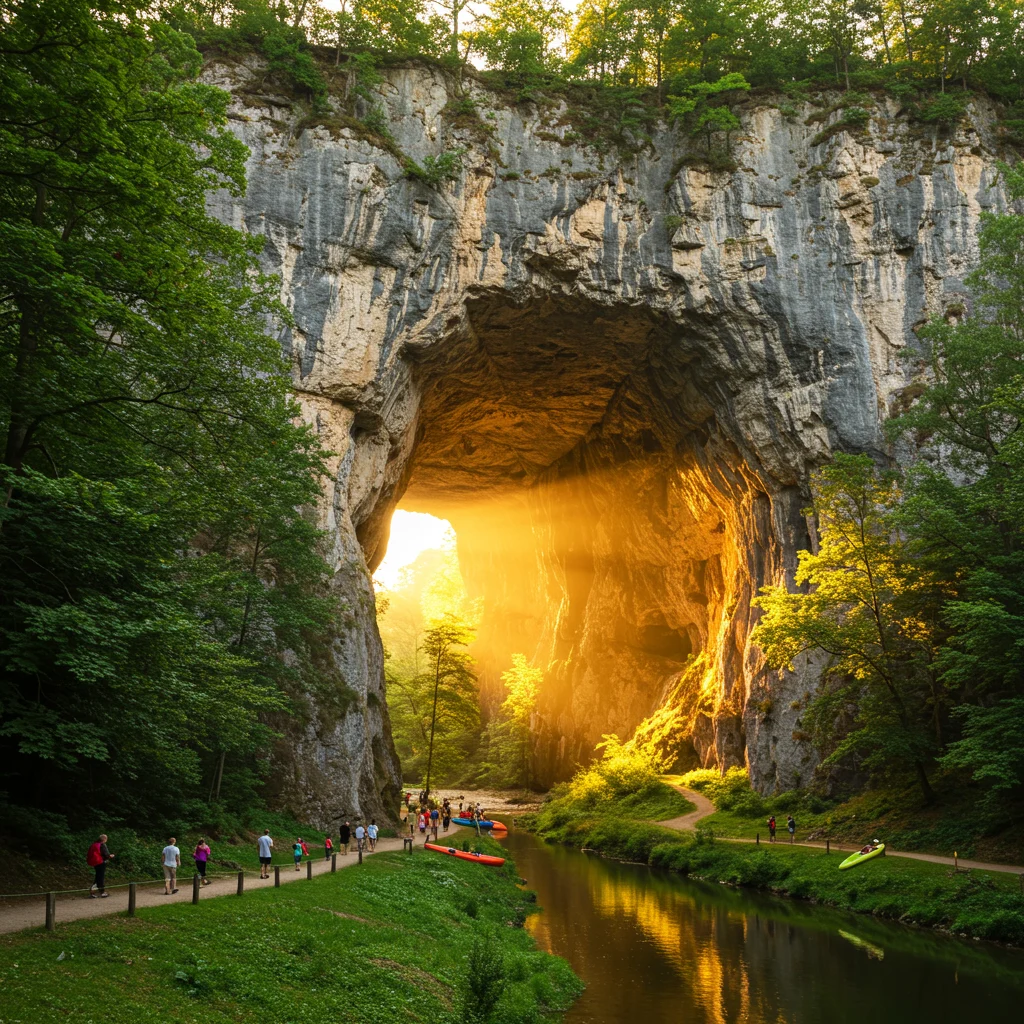
Hiking Trails and Nature Reserves Close to the Caves
Many caves are located near scenic hiking trails and protected reserves. Trails wind through lush forests, past waterfalls, and up to scenic overlooks, providing the perfect complement to your underground adventures.
Local Festivals and Cultural Events
Check local calendars for festivals, music events, and artisan markets in towns near major cave sites. These gatherings offer a glimpse into Puerto Rico’s vibrant culture and provide opportunities to connect with local residents.
Family-Friendly Activities in the Area
Families can enjoy ziplining, horseback riding, and visits to nearby farms or botanical gardens. These activities are ideal for children or those seeking a gentler pace after the excitement of cave exploration.
Frequently Asked Questions About Caving in Puerto Rico
We often hear questions from travelers preparing for their first cave adventure. Here are answers to some of the most common queries.
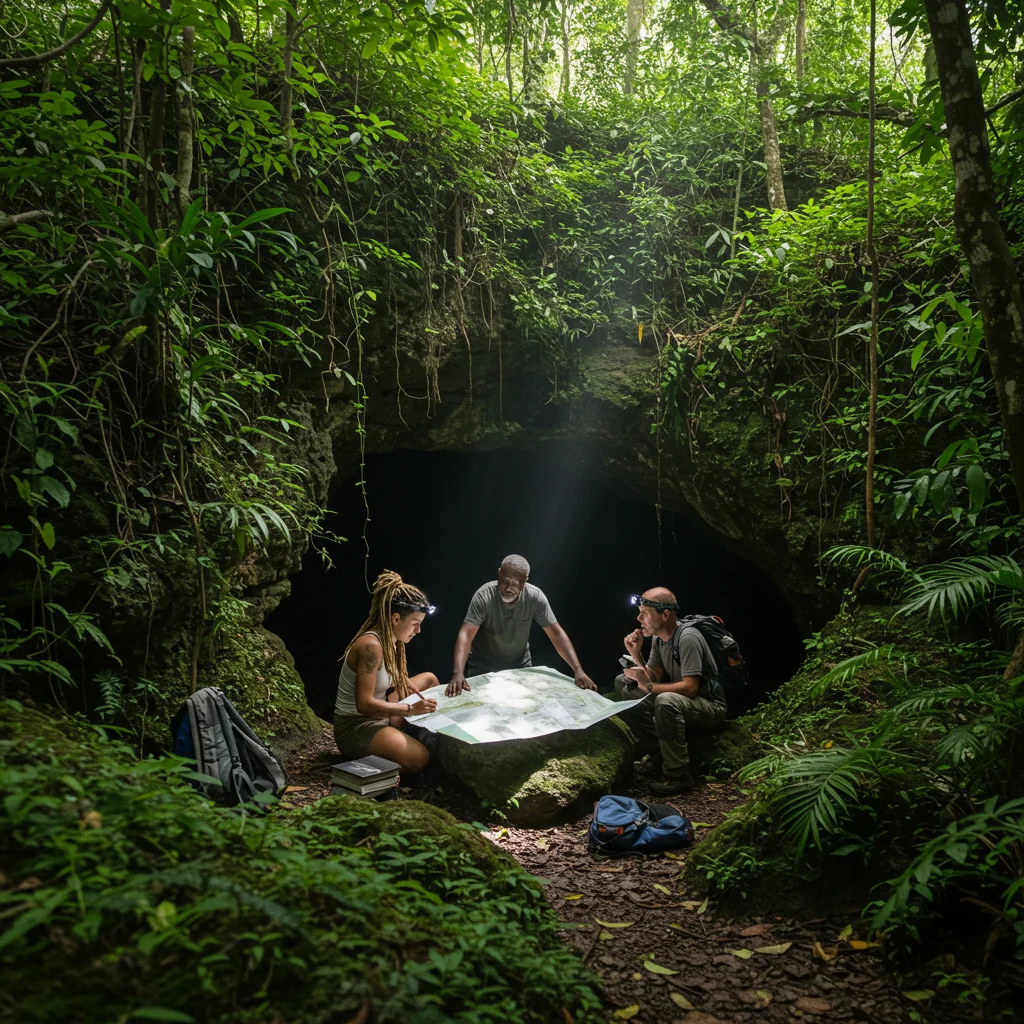
Is Caving Suitable for Beginners and Families?
Many caves in Puerto Rico offer guided tours suitable for beginners and families, with easy trails and safety equipment provided. Always check the difficulty level before booking, and let your guide know about any concerns or limitations.
What Should You Wear for a Cave Tour?
Wear lightweight, moisture-wicking clothing and sturdy, closed-toe shoes with good grip. Bring a light jacket, as temperatures can drop quickly underground. Avoid loose accessories or jewelry that could snag or become lost.
Are There Age or Health Restrictions?
Age and health restrictions vary by cave and tour operator. Most tours require participants to be in moderate physical condition and may set minimum age limits for safety. Always consult with your provider and disclose any medical conditions or mobility issues in advance.
Conclusion: Embrace the Unexpected on Your Puerto Rico Cave Adventure
Every journey into Puerto Rico’s caves is filled with surprises, from breathtaking formations and ancient art to thrilling adventure activities. Whether you’re a seasoned explorer or a curious first-timer, the island’s underground wonders promise memories that will last a lifetime. For more information, inspiration, and to plan your next adventure, visit Puerto Rico Tour—your trusted companion for discovering the unexpected beneath the surface.
